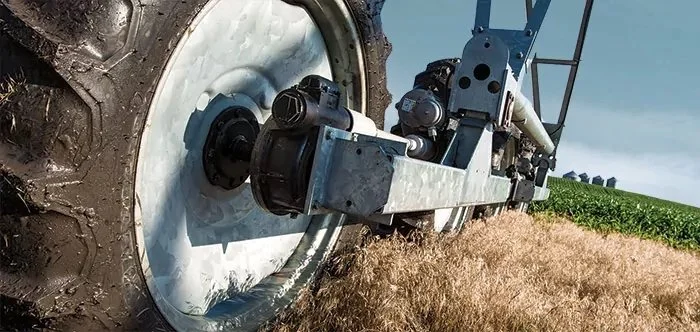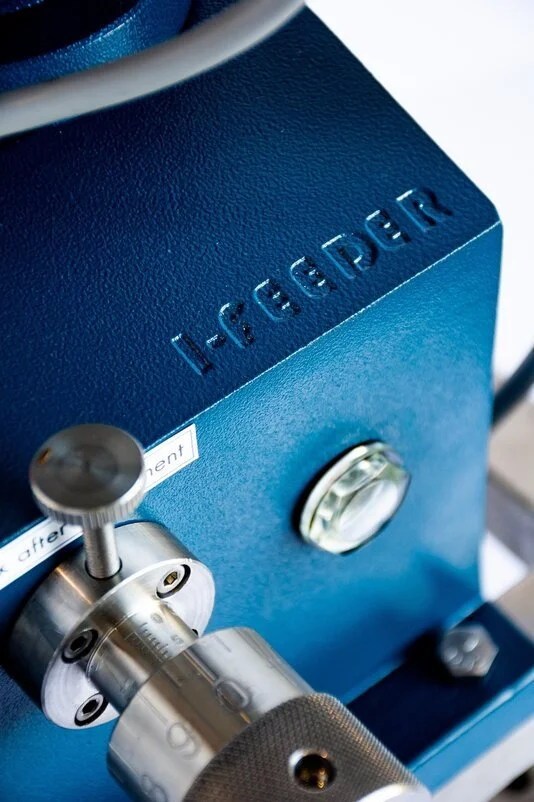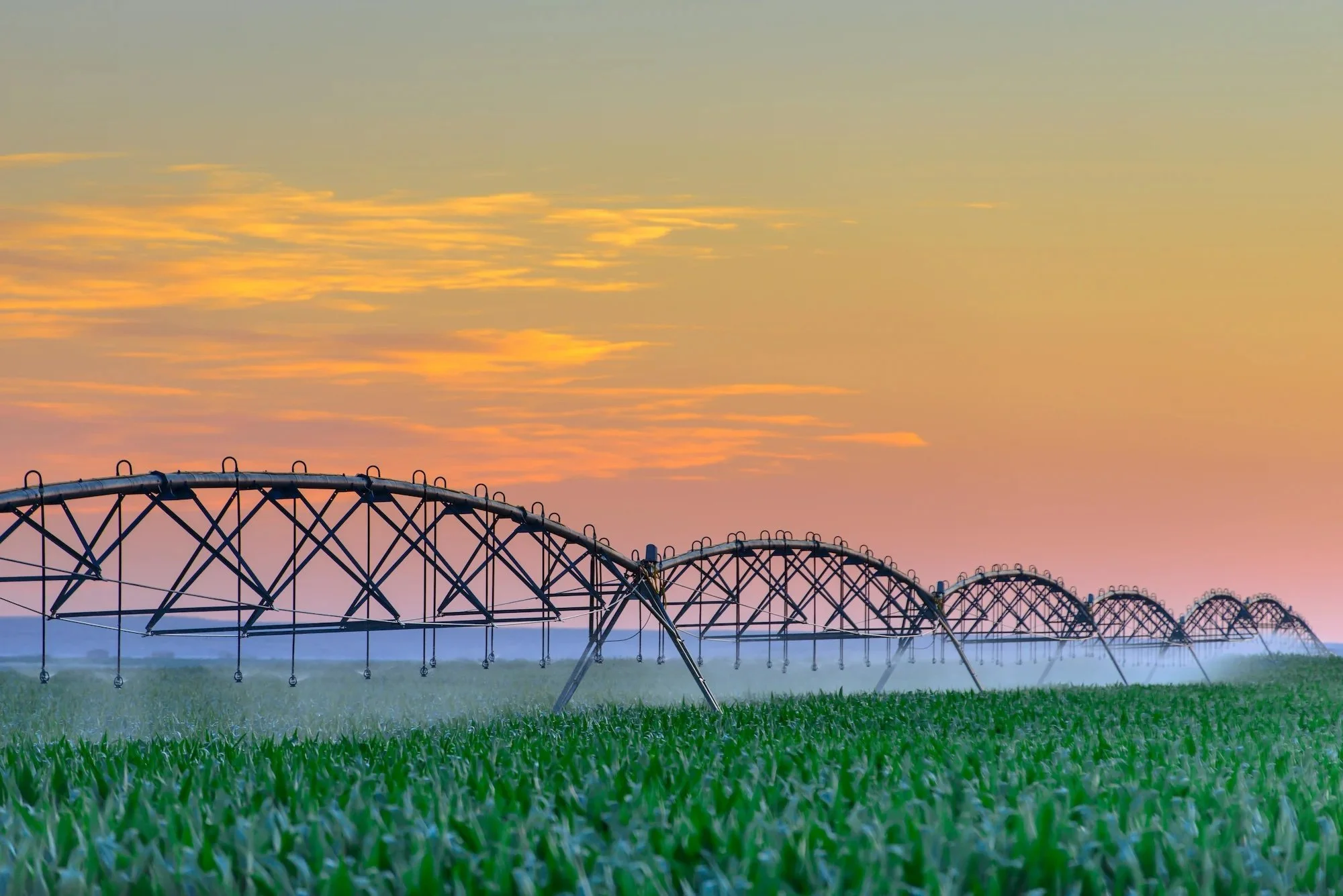Why Direction Matters: Protecting Your Dosing System in Centre Pivot Application
The effects of Centre Pivot reversal
Why You Should Never Reverse an I-Feeder PD Pump in Centre Pivot Applications
Published by I-Feeder Technologies
Date: 26 May 2025
🌾 Introduction: Protecting Precision in Motion
In modern agriculture, centre pivot irrigation systems are a critical tool for efficient water and nutrient delivery across large crop areas. As systems evolve, integrating precise fertigation and dosing pumps has become essential. However, one common — and potentially costly — question continues to arise:
"Can I run my I-Feeder diaphragm pump in reverse when the pivot direction changes?"
It’s a logical question — after all, many centre pivots reverse direction by simply swapping polarity. But for positive displacement (PD) diaphragm pumps, especially those with worm gear drives like ours, the answer is a firm no.
Here’s why — and what to do instead.
⚠️ Why Reversing an I-Feeder PD Pump is a Critical Mistake
1. Worm Gear Damage
I-Feeder pumps use high-precision worm gear drives that are mechanically designed to transfer power in only one direction. Reversing direction can:
Lock the gear mechanism
Strip gear teeth
Generate excessive wear or total failure
These are not self-correcting issues — they often require full disassembly or replacement.
2. Check Valve Failure
PD pumps rely on internal check valves to ensure fluid moves in one direction during each stroke. If the pump is rotated backward:
The valves no longer function properly
Flow is either stopped or reversed
Dosing accuracy is lost, and pressure damage may occur
3. Diaphragm Fatigue or Rupture
The internal diaphragm is designed to flex with force from one direction only. Reversing rotation creates opposing pressure, which:
Stresses the diaphragm material
Can lead to early fatigue, cracks, or rupture
Risks internal contamination and chemical spills
4. No Internal Protection Against Reverse Rotation
Unlike some motorized equipment, I-Feeder pumps are not designed to self-protect against incorrect rotation. If it happens, the result is often mechanical failure — and it usually happens silently.
✅ What To Do Instead: Safe Operation Solutions
Rather than attempting to reverse the pump with the pivot, isolate and protect it using these proven methods:
1. Polarity Detection Relay
Install a DC polarity sensing relay to monitor the electrical feed to the pivot motor. This relay only allows power to reach the pump motor when the pivot is rotating in the correct (forward) direction.
For AC systems, use a phase monitoring relay to detect forward vs. reverse rotation.
2. Directional Control Logic
Integrate a simple control circuit or PLC logic that reads pivot direction and enables or disables the pump accordingly. This approach is ideal for advanced systems and allows full integration with your pivot’s automation.
3. Mechanical Clutch or Torque-Limiting Coupling
In some cases, a one-way clutch or mechanical isolator can be installed between the pivot drive and the pump to physically prevent reverse drive from reaching the pump shaft.
Final Thought: One Direction for Long-Term Precision
I-Feeder PD diaphragm pumps are built to deliver reliable, accurate dosing — but like any precision equipment, they require correct installation and operation. Running them in reverse, even briefly, can cause avoidable damage and interrupt your irrigation program when it matters most.
With the right electrical controls or mechanical protections in place, your pump will perform safely and efficiently for years to come — no matter how many times the pivot changes direction.
📩 Need help specifying a control setup or selecting the right relay for your pivot system?
Contact the I-Feeder Technologies team — we’re here to help.
sales@ifeederglobal.com
One of hte most beautiful sight in the world
🔗 https://www.linkedin.com/in/ifeederglobal/
#I-FeederTechnologies #CentrePivotIrrigation #PDpump #Fertigation #SmartIrrigation #AgTech #PumpProtection #PreventativeMaintenance #WormGear #DiaphragmPump



